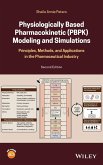
Gebundenes Buch
Principles, Methods, and Applications in the Pharmaceutical Industry
2. Aufl.
12. Oktober 2021
Wiley / Wiley & Sons
1W119497680
| eBook, ePUB | 155,99 € | |
| eBook, PDF | 155,99 € |
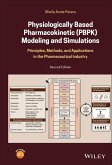
eBook, ePUB
30. September 2021
John Wiley & Sons
eBook, PDF
30. September 2021
John Wiley & Sons
eBook, ePUB
17. Februar 2012
Wiley-IEEE Press
Ähnliche Artikel
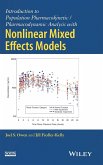
Gebundenes Buch
1. Auflage
8. Juli 2014
Wiley & Sons
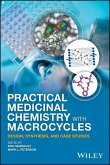
Gebundenes Buch
Design, Synthesis, and Case Studies
1. Auflage
12. September 2017
Wiley / Wiley & Sons
1W119092560
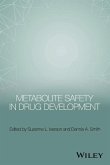
Gebundenes Buch
1. Auflage
1. August 2016
Wiley / Wiley & Sons
1W118949650
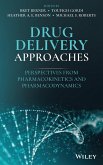
Gebundenes Buch
Perspectives from Pharmacokinetics and Pharmacodynamics
1. Auflage
31. August 2021
Wiley / Wiley & Sons
1W119772730

Gebundenes Buch
1. Auflage
21. September 2022
Wiley / Wiley & Sons
1W119564740
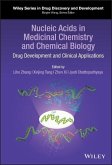
Gebundenes Buch
Drug Development and Clinical Applications
1. Auflage
5. Januar 2023
Wiley / Wiley & Sons
1W119692740
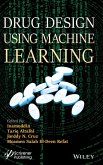
Gebundenes Buch
1. Auflage
22. November 2022
Wiley & Sons / Wiley-Scrivener
1W394166280
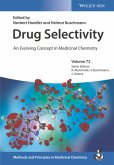
Gebundenes Buch
An Evolving Concept in Medicinal Chemistry
1. Auflage
10. Januar 2018
Wiley-VCH
1133538 000
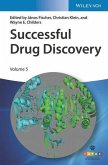

Gebundenes Buch
1. Auflage
19. Juli 2023
Wiley-VCH
1135175 000
Ähnlichkeitssuche: Fact®Finder von OMIKRON
